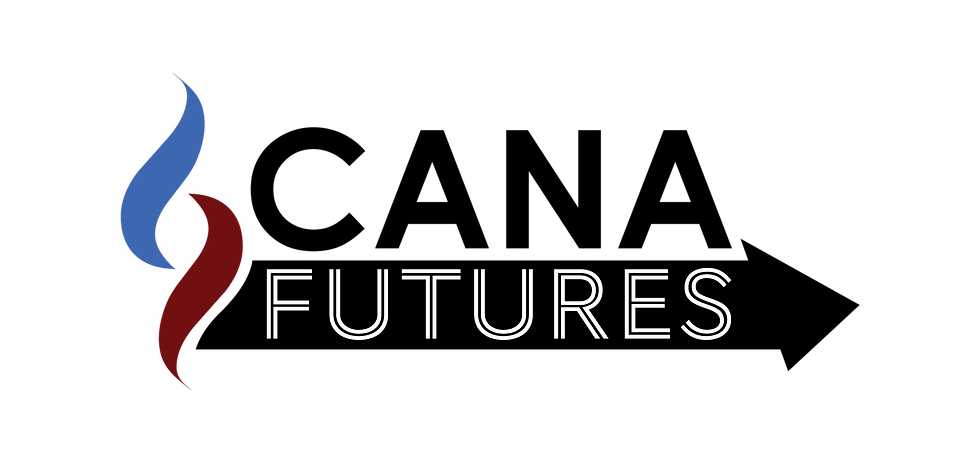Using the SEAL Stack
- Dan Sterrett & Aaron Luprek
- Jan 26, 2018
- 3 min read

Recently, we needed to develop a desktop application for one of our clients. As web developers, our immediate thought was to use the SEAL Stack (http://sealstack.org). SEAL is a technology stack that uses SQLite, Electron, Angular, and Loopback.
Why use Electron?
Electron (https://electronjs.org) gives a developer the ability to build cross platform desktop apps with JavaScript, HTML, and CSS. It is a framework developed by GitHub. It combines Node.js, which is a JavaScript runtime that allows you to run JavaScript on the desktop, with Chromium, the open-source technology behind Google’s Chrome browser. This allows a developer to develop as if it is a web app, but from the user's perspective. It functions as a single application. Electron is used in many popular applications including Slack, Microsoft Visual Studio Code, and tools from GitHub.
Why use Angular? Angular is a front-end web framework developed by Google. (https://angular.io). It makes writing single-page apps easy. It uses declarative templates for data binding and handles routing. It promotes component reuse across your application, making your code more stable. Angular uses TypeScript, an extension of JavaScript that adds strong typing.
Running a Web Server An interesting twist to the project, was that there was a high probability that the client would want it converted to a web app in the future. Aside from the benefit of being able to develop with familiar web technologies, Electron gave us the ability to easily transition to the web at a later date if needed.
With this knowledge in mind, we decided from the very beginning to build the app like a standard single-page app and use Electron to run it. Because Electron runs on Node.js, it was easy to spin up a server within the app. In the future, if we need to transition the app to the web, it will simply require deploying the code to a web server (and a few additional tasks such as changing data connectors to connect to a database server, adding authentication, etc).
Why use LoopBack? For the web framework, we chose LoopBack (https://loopback.io). LoopBack is a highly-extensible, open-source Node.js framework. It is built on Express, the most popular Node.js framework. It makes it easy to quickly create dynamic end-to-end REST APIs. It has an ORM and data connectors for all the standard databases making it very easy to retrieve and persist data.
Why use SQLite? By default, the LoopBack boilerplate configuration uses memory for data storage. Because we needed the data to persist between sessions, so we decided to use a database for data storage. In this case, we chose SQLite (https://sqlite.org). Benefits of SQLite include not having to install a database server on the user’s computer. SQLite is public domain and works across many different platforms. The data is stored in a single .sqlite file that can be transferred from one computer to another if needed, which could help with syncing data between users in the future. To avoid any issues running SQLite cross platform, we used a Node.js implementation of a SQL parser called sqljs. and wrote a custom connector for Loopback using sqljs (https://github.com/canallc/loopback-connector-sqljs).
System Architecture Here’s a diagram illustrating how the four elements of the SEAL stack integrate together.

Wiring it Up The easiest way to get started with the SEAL stack is to use the quick-start project (http://sealstack.org). The site is well documented. It also provides instructions for modifying an existing application to use the SEAL stack.


This article was a collaboration between CANA Advisors Principal Software Developer Dan Sterrett, and CANA Advisors Senior Software Developer Aaron Luprek.
For more programming articles, information on on SEALstack and other projects in development visit CANAadvisors.com





Fine art photographers on the Big Island often exhibit their work in galleries and online platforms. Their prints depict https://www.hawaiiadventureportraits.com/ dramatic seascapes, misty forests, and glowing lava fields. Each piece serves as a tribute to Hawaii’s ever changing environment and the deep emotional connection people feel toward it.
Harley Street Consultation Clinics are internationally recognized for their medical excellence, offering world class healthcare across harleystreetpremierconsultingrooms.co.uk various specialties. Patients from around the world visit this prestigious area in London for consultations with highly qualified specialists who provide advanced treatments and personalized care in a discreet, professional environment designed to promote confidence and recovery.
Laser247 is a leading online betting and casino platform offering sports betting, live games, and exciting casino options. With a secure environment, user-friendly interface, and fast payment methods, Laser247 provides a seamless gaming experience for players across India and other regions. Backed by Curaçao licensing and 24/7 support, Laser247 ID ensures safe, responsible, and enjoyable entertainment for both beginners and professionals.
Khelo24bet is a leading online betting site that offers cricket betting, live sports markets, and exciting casino games. Designed with a smooth and user-friendly interface, it allows players to enjoy competitive odds, real-time updates, and secure transactions. Whether you’re betting on your favorite cricket teams, exploring football matches, or trying your luck with casino slots, Khelo24 ensures a trusted experience. The platform promotes responsible betting while delivering nonstop excitement. With its reliable services and wide gaming options, Khelo24bet has become a preferred choice for bettors in India seeking both entertainment and security.
GoPro Garage Door Repair offers exceptional service for all garage door needs. From track adjustments and spring replacements to weather stripping installation, they handle it all. The roseville garage door repair professional team ensures quality work at reasonable prices. Dependable, friendly, and efficient, they make garage door repairs simple and stress-free. Trusted by many homeowners, they deliver excellent results every time.